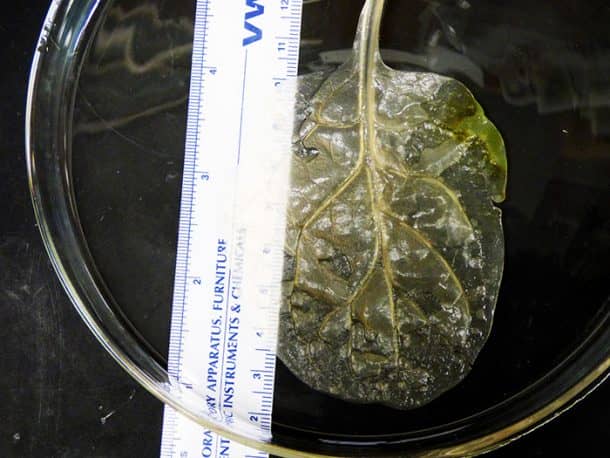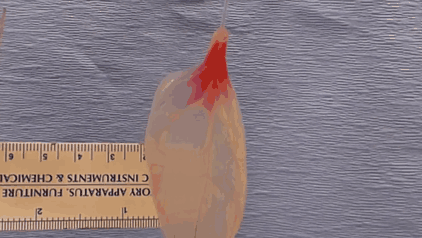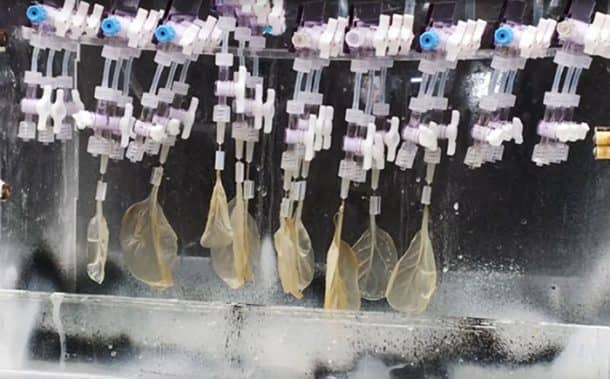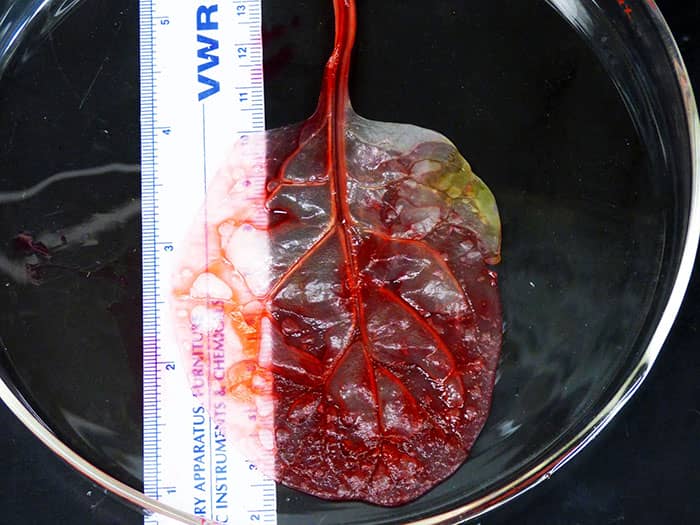Regenerative medicine is a branch of science attempting to create human tissue from cells in a laboratory for the treatment of damaged organs. Scientists at the Worcester Polytechnic Institute, Massachusets have transformed a spinach leaf into a functional human heart tissue. This is a significant step forward in regenerative medicine, also called tissue engineering.

This is not the first successful attempt at creating a functional human tissue. Scientists have created tissue in laboratories with a purpose to replace tissues and organs that get damaged or fail due to a disease. All the tissue created on a large scale in the labs until now lacked the vascular network for carrying the blood which causes a large part of the tissue to die.
The Worcester Polytechnic Institute researchers used a spinach leaf to obtain a cellulose frame by removing all its plant cells. The authors write in the paper, “Cellulose is biocompatible [and] has been used in a wide variety of regenerative medicine applications, such as cartilage tissue engineering, bone tissue engineering, and wound healing.”


Next, the team bathed the cellulose frame in live human cells which began to grow in the leafs veins. The little heart tissue had a working vascular system left behind by the spinach leaf through which fluids and microbeads flowed.


Heart attack patients can be treated by growing layers of the same heart tissue to form a healthy heart muscle. “Adapting abundant plants that farmers have been cultivating for thousands of years for use in tissue engineering could solve a host of problems limiting the field,” said the co-author Glenn Gaudette.
Watch the video to learn more:
Read more about the research here.


